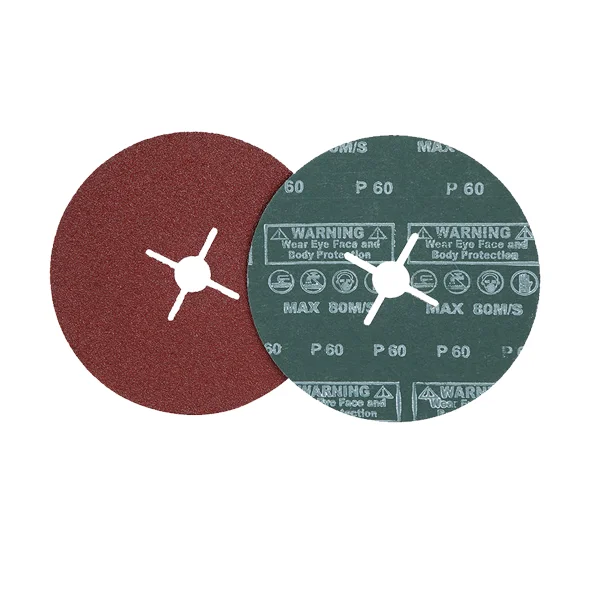In today's fast-paced world, a good night's sleep is essential for maintaining overall health and well-being. Many factors can influence the quality of our sleep, including the environment in which we rest. One such factor is the color of the LED lights we are exposed to before bedtime. In this article, we will delve into the science behind selecting the best LED color to promote a restful sleep, considering the impact on our circadian rhythm and melatonin production.
- Understanding the Circadian Rhythm:
The circadian rhythm is our body's internal clock that regulates various physiological processes, including sleep-wake cycles. Light exposure plays a crucial role in synchronizing our circadian rhythm. Blue light, in particular, has been found to suppress the production of melatonin, a hormone that promotes sleep. - The Impact of Blue Light on Sleep Quality:
Blue light, emitted by electronic devices and certain LED lights, can disrupt our sleep patterns by delaying the release of melatonin. This delay can make it harder to fall asleep and reduce the overall quality of our sleep. Therefore, it is advisable to minimize exposure to blue light before bedtime. - The Role of Warm-Toned LED Lights:
Warm-toned LED lights, such as those emitting red, orange, or yellow hues, have been found to be more conducive to sleep. These colors have longer wavelengths and lower color temperatures, which promote relaxation and melatonin production. Warm-toned LED lights create a cozy and soothing environment, preparing the body for a restful sleep. - The Importance of Dimming and Color Temperature:
Apart from the color itself, the intensity and color temperature of LED lights also play a significant role in promoting sleep. Dimming the lights in the evening signals the body to wind down and prepares it for sleep. Additionally, selecting LED lights with lower color temperatures, typically below 3000K, helps create a calming atmosphere conducive to sleep. - Considerations for Different Sleep Environments:
The optimal LED color for sleep may vary depending on the specific sleep environment. For example, in bedrooms, warm-toned LED lights are generally recommended. However, in areas where alertness is required, such as bathrooms or hallways, cooler-toned LED lights with higher color temperatures may be more appropriate to stimulate wakefulness.
Conclusion:
Choosing the right LED color for a restful sleep involves understanding the impact of light on our circadian rhythm and melatonin production. By opting for warm-toned LED lights with lower color temperatures and dimming them in the evening, we can create a sleep-friendly environment. Remember, a good night's sleep is essential for our overall well-being, and making informed choices about LED lighting can significantly contribute to improving sleep quality.







+ There are no comments
Add yours